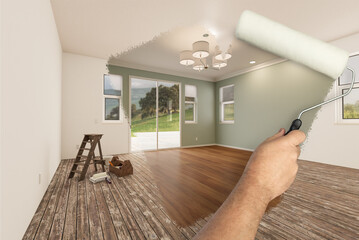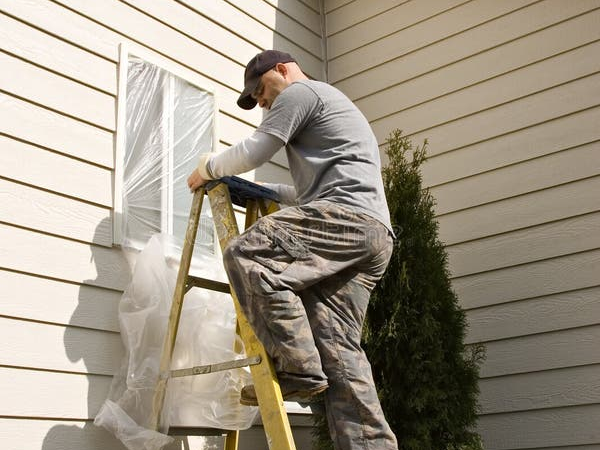What You Need to Know About Residential Painting
Residential painting can be a great way to update your home. Whether you’re looking to paint the interior or exterior of your house, it’s important to choose a professional painter who can meet your needs. Unlike commercial projects, residential painting typically doesn’t require extensive equipment. Instead, painters typically have rollers, brushes, drop cloths, ladders, and some basic prep tools like tape and scrapers.

During the preparation phase of residential painting, a quality contractor makes it a point to ensure that all surfaces are properly prepared before painting. Painting includes washing them, sanding them down, fixing cracks and blemishes, using primer, etc. Having every surface prepped for painting is essential to the success of any exterior or interior paint job. It can be a very tedious and time-consuming process, but it is essential for the quality of your final results.
When preparing for painting, be sure to remove all curtains, blinds, and window treatments. This will make it easier for painters to do touch-ups and get the windows and trim looking their best. Also, make sure that furniture is moved away from the walls to avoid splattering paint. Whether you’re painting one room or an entire house, removing furniture is essential for a successful painting project.
Residential painters often have a strong understanding of the vision that homeowners want to achieve with their paint jobs. They are also adept at treating surfaces and applying paint efficiently.
In addition, they know how to properly prepare surfaces for painting, such as repairing cracks and blemishes or even evening surfaces before a paint job is started. They also have experience preparing the interiors of your home by removing electronics, moving furniture, covering soft furnishings, and other tasks that fully prepare your space for the painting process.
Commercial painters tend to work on much larger projects than residential painters, and their scopes are often more complex. They also require a team of more experienced painters and often need to adhere to commercial building codes and other requirements that businesses may have.
The final touches on a painting job are what make the experience complete, and the finished product looks like it was born in your home. From the removal of furniture and wallpaper to applying a coat of paint, Finishing Touch Painting experts are here to help you along the way. While there are a number of tricks up our sleeve, the best paint job is one that’s well suited to your needs and tastes. From prepping the walls to applying the topcoat, you can be confident that our painters will deliver a job that’s a cut above the rest. The best part is that you can count on us to get the job done in a timely manner.
Cleaning is the process of removing visible dirt, dust, and other soils from surfaces. It is often performed with a cloth or wipe in conjunction with soap, detergent, or solvent. It can be performed on just about any surface, including furniture, floors, walls, windows, doors, and even toilets. It can also be used to protect people and animals from germs that can cause infections. However, it is not always sufficient to remove all germs by just cleaning. It may need to be disinfected, which destroys or inactivates most germs. This is especially true of hospitals, schools, and restaurants.
Many homeowners make the mistake of trying to do residential painting themselves, often with little or no preparation. This can result in overspending, delays, and incomplete jobs that require more time, effort, and money to correct. A professional residential painter will have the necessary tools, equipment, and knowledge to ensure your project is completed properly.
Generally, residential painters focus on smaller-scale projects. They need basic painting equipment and materials to complete the task. These tools include paintbrushes, rollers, step ladders, and cleaning materials. The type of paint used on the home depends on the owner’s preferences. There are two basic types of paint: water-based and oil-based. They can be easily bought at a home improvement store. Residential painters must also be familiar with the different types of paints and the bases they are made of.



